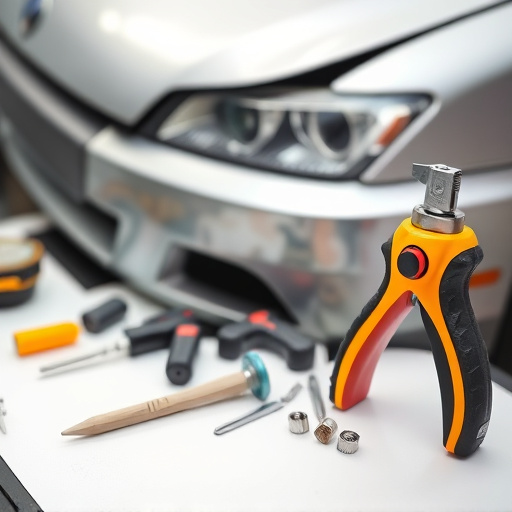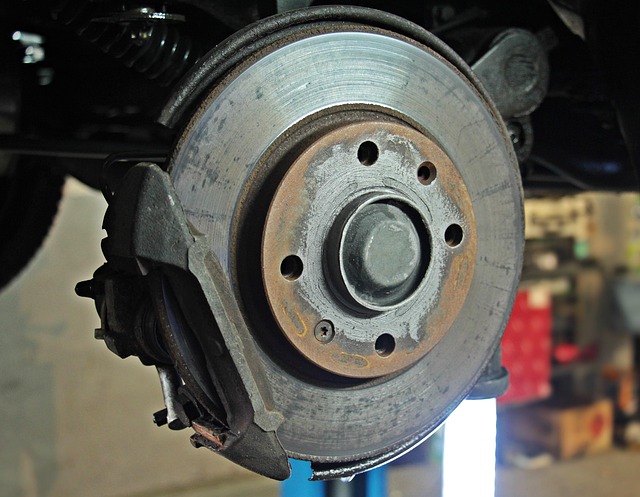In today's digital age, consumers have access to diverse repair financing options for auto body repairs, from traditional bank loans to online platforms. Understanding these options is crucial for informed decisions, consumer protection under legal frameworks, and fostering trust with transparent terms. The legal framework ensures fair lending practices, with guidelines like those from the CFPB in the US prohibiting abusive practices and protecting consumers, especially for minor repairs. Car owners should be aware of their rights, demanding quality and genuine parts for specialized services while reviewing financing agreements carefully.
In today’s digital era, understanding repair financing options is crucial for both consumers and businesses. This article delves into the diverse repair financing alternatives available, with a particular focus on legal considerations. We explore the legal framework governing repair loans, consumer rights and responsibilities, and best practices to ensure a seamless experience. By grasping these concepts, individuals can make informed decisions, fostering trust and enhancing their financial well-being when availing repair services.
- Understanding Repair Financing Options
- Legal Framework for Repair Loans
- Consumer Rights and Responsibilities
Understanding Repair Financing Options

Understanding Repair Financing Options
In today’s digital era, consumers are increasingly seeking repair financing options to facilitate auto body repairs at reputable auto body shops or for car bodywork restoration. These options have become a game-changer, enabling folks to access quality services without immediate financial strain. From traditional bank loans to innovative online platforms, the landscape of repair financing has evolved significantly, offering a tapestry of choices tailored to diverse needs.
Specific considerations come into play when availing these services. Legal frameworks govern loan agreements and interest rates, ensuring consumer protection. Additionally, transparent terms and conditions are crucial for maintaining trust between lenders and borrowers. In light of this, understanding the various repair financing options available allows individuals to make informed decisions, ensuring they receive the best possible service for their auto body repairs or car bodywork needs.
Legal Framework for Repair Loans

The legal framework governing repair financing options is a critical aspect of ensuring consumer protection and fair lending practices. In many jurisdictions, regulations exist to delineate the terms and conditions under which lenders can offer loans for various repairs, including but not limited to vehicle dent repair and car scratch repair. These rules typically encompass disclosure requirements, interest rate caps, and terms related to repayment. For instance, in the United States, the Consumer Financial Protection Bureau (CFPB) has implemented guidelines that mandate clear and concise loan agreements, prohibiting abusive or unfair practices.
When it comes to repair financing for specific types of repairs like scratch repair, lenders must adhere to these legal considerations. This includes transparent communication about the cost of borrowing, potential fees, and the overall repayment structure. Moreover, the law often restricts the ways in which lenders can advertise and promote such loans, emphasizing responsible lending to prevent consumers from falling into debt traps. Such regulations are designed to safeguard individuals, especially when they opt for financing options for seemingly minor repairs like car scratch repair, ensuring a fair and secure financial environment.
Consumer Rights and Responsibilities

When exploring repair financing options, it’s crucial to understand the rights and responsibilities that come with it. Consumers have the legal right to receive clear and transparent information about the cost of repairs, including detailed breakdowns of parts and labor charges. This enables them to make informed decisions about their vehicle’s maintenance. Additionally, they are entitled to request estimates from multiple repair shops, ensuring competitive pricing.
However, consumers are also responsible for reading and understanding the terms and conditions of any financing agreement. They must be aware of interest rates, repayment periods, and potential hidden fees. In cases like luxury vehicle repair or Mercedes Benz repair, where specialized skills and high-quality parts are required, consumers should expect higher costs but also demand quality service and genuine parts to protect their investment. Vehicle paint repair, for instance, demands precision and expertise, and consumers should ensure the shop has the capability to deliver impeccable results.
In conclusion, understanding repair financing options is crucial for both consumers and businesses in navigating the legal landscape of repair loans. By familiarizing themselves with the various funding models, rights, and responsibilities outlined in this article, individuals can make informed decisions while ensuring compliance with the governing legal framework. Embracing these principles fosters a transparent and consumer-friendly environment within the repair industry, promoting access to necessary services while safeguarding rights on all sides.














